Written by Ponkan on his personal blog, republished by request on Bandilang Itim.
Throughout history Anarchism and Anarchies have long been known to appear and explode as vibrant as it is sporadic. At its most practical, it has been long defined by bursts of activity and small, however self-professing or simply resemblant it is.
Most of this intermittent yet persistent attitude is brought by the movement’s preference for solutions-based activity over theory. If there is any, its most seminal ones do not play around its own philosophy–it is unfettered and blunt aside from some bents towards propagandistic and erudite language. Why wait, nay–prepare for the coming upheaval when you can make liberation happen yourself? Direct action!
Today, the bulk of this action rests much on mutual aid activity (which is, of course, much needed especially now, support them at all costs!). However, the more ambitious or holistic ones, were the ones who are actively establishing anarchies–that is, spaces in which liberty can be experienced and upheld. When we speak of such an anarchy, “spaces” do not simply talk of territories or systems, but rather, of social relations, of situations. It doesn’t have a set criteria other than the intent of eschewing practices and institutions that uphold privilege and oppression. At its largest, perhaps it’s a network of solidarity.
These anarchies persist in places outside the purview of the state’s legibility. “Cracks in the pavement” so to speak. When we talk of building these anarchies, we talk about people. Its growth could lever these cracks wider, if ever–“by doing so we are unlikely to destroy the concrete utterly but we can open up more spaces in which to grow together.” (Desert, Anonymous) For people who are interested or are actively working towards it, communication becomes a key factor into it. For anarchists within my personal circle, most of them treat it as a very personal affair, between them and others. “All politics is personal.”
Reaching out to people, particularly people or groups whom you want to help to self-organize (or at least, goad them to doing it), requires that sort of communication. Becoming effective in it tends to require well, communication skills. It’s not a requirement to be a “good anarchist” (because a, there’s none in the first place, and b, why), but it would certainly get you far. It gets people going. It inspires people.
With that in mind, why not we make communications itself a clear branch of praxis?
Why Advertising? (or Propaganda, whatever)
Perhaps it’s a misnomer–and perhaps, a poor choice of words–to be referring to the tactics of communications and propaganda as “advertising,” especially, for most anarchists, for its associations with Capitalism. Hell, even market anarchists would seethe at the very industry that perpetuates the purgatory of consumerism. These days term “propaganda” might as well serve the same purpose, though for the purposes of our thing, let’s stick with “advertising.” Bear with me.
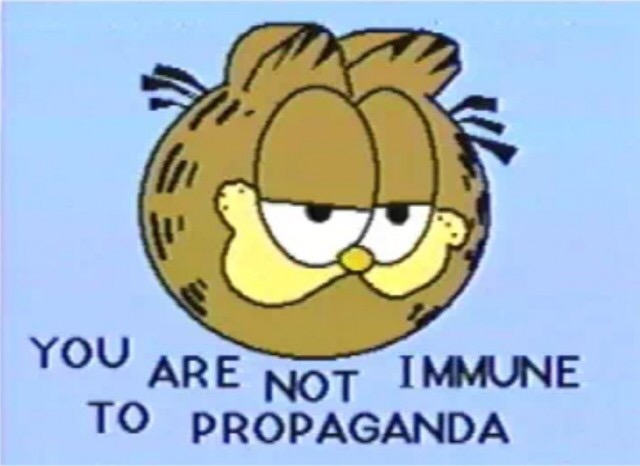
Advertising as a practice sets itself apart for targeting their audiences and their mediums. Turn on the TV. Open a periodical. Turn off your adblock. Look outside and see the vast diversity of saccharine ads and billboards and posters and commercials you see outside. You’ll notice that some would appeal to your personal tastes or inconveniences, and some wont relate at all. (“Are you TIRED of washing the dishes? Try Kitchen Gun!”)
You’ll perhaps see the differences between the poster, newspaper ad, commercial or the billboard saying and selling the same thing. For example: Billboards have sparser text and more striking imagery. And when it gets smaller and smaller to the human scale, like the newspaper ad, there comes more room to dish out as much information as possible granted that you’d still understand the point they’re getting across.
And sometimes, one of those messages may as well answer a problem you’ve been having, or a new thing you’d buy frequently. Advertising appeals to the personal, however impersonal it is. Modern advertising relies on experiences rather than the product itself. Due to its targeted nature, advertising relies on “mythologies” and associations surrounding objects and products that which relates to the present reality of its audience. A can of pasta sauce surrounded put a pile of basil and garlic, uncooked spaghetti, some cheese, loaves of country bread and a bunch of other italian ingredients on a wooden table with warm lighting, and suddenly, a can of sauce becomes “Mamma mia! An authentic Italian-a sauce-a!”
Propaganda/advertising employed by the present system is a top-down process. It ends to build around itself a curated reality which in turn influences particular tastes and particular opinions. On one hand, public communications have the ability to transfer and amplify culture to a wider audience (which, at our present internet age, is pretty much moot with more grassroots distribution of info, ie. memes, being more prevalent). On the other, the information it presents may as well poison the well on our social possibilities–messages distributed top-down promoting or wrapped around the state’s prevailing ideology may as well color the world(view) of the uninformed citizen, however mileage may vary.
So looking back, how do we create an alternative to this situation, and also, is there a place for wholeheartedly using the master’s tools of manipulation against them?
Combating narratives
We have lived in a world colored by messages of bias and propaganda. Tinted and rose-colored, propaganda goes beyond posters and slogans–propaganda constitutes all modes of communication to build a narrative. They evoke or allude to experiences, both positive and negative, in order for you, the audience to align to it. Propaganda posters outside of radical politics and election campaigns are a dead art; the State doesn’t need to do it, the media’s already doing the dirty work! Modern propaganda is now a subtle array of public relations strategies aiming to use communication to work around the complexities of society.

In particular, the Father of Public Relations, Edward Bernays, states in his book Propaganda how necessary communications strategies are in not only with influencing public opinion, but on top of that, maintaining the prevailing socio-political order in the long run:
“The conscious and intelligent manipulation of the organized habits and opinions of the masses is an important element in democratic society. Those who manipulate this unseen mechanism of society constitute an invisible government which is the true ruling power of our country. We are governed, our minds are molded, our tastes formed, our ideas suggested, largely by men we have never heard of.”
Narratives can be spouted from various means, and when it’s an its most insidious, it is subtle. Take for example Marxist economist Richard Wolff talking on Fox News. If you’re already politically radical and well-read about leftist discourse, Mr. Wolff’s takes would come off pretty tame, the safest possible, “liberal,” even. But what’s interesting in here is the interviewer. The tone is particularly patronizing, and starts and ends with loaded language against socialism in general. The questions play into what people think socialism is, not necessarily with The language is also particularly to note: “proletarian revolution,” “collectivist road,” and the cherry on top, “right after this, we’re going to talk about Venezuela, the collapse of socialism.” Wolff’s ideas aren’t the intended subject here–the interviewer has complete control over the discussion. Such choice language is meant for the audience. Whatever Wolff said stopped mattering the moment Venezuela was namedropped. Socialism = bad.
You’d see this sort of coverage (or the intentional lack thereof) on things discussing radical political movements. Media blackouts on massive general strikes in France. Willful “both-sides” proclamations by liberals and moderate conservatives over political violence. Painting Antifa as a centralized party boogeyman. What kinds of words are said, what kinds of imagery are portrayed, and what details are left out in events paint narratives and worldviews to the common man in order to further a top-down agenda. Commercial advertising and PR participates in this circus by perpetuating, muting or amplifying particular social behaviors as a consequence of strategies based on the current trend–in particular, using internet culture, progressive values and social movements as a brand-loyalty tool.
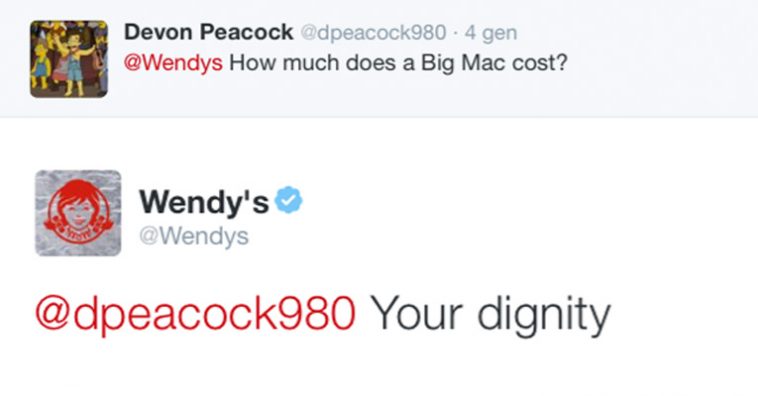
The primary role thus, of any sort of anarchist propaganda strategy, is combating narratives. “Counter-propaganda.” Posters calling out nazis, calling for action, or calling for action against nazis are half the battle. It is also imperative for us, as anarchists in general, to counter and combat the monopoly on narratives. The basis is twofold:
- Encouraging a libertarian culture of initiative towards building networks of solidarity. Communicating anarchist or anarchistic causes should offer to its audiences a new kind of “way out” from the present situation, while at the same time convincing people of their own capability to enact such change through radical means. Since this is a personal and also a somewhat “passive” approach, such counter-propaganda is a branch of actual organizing/solidarity work. Most likely you, the budding propagandist, would be the one doing the “building networks” part yourself anyway. Such “culture of initiative,” especially one that is grounded on affinity, forms a stronger foundation within one’s networks due to a vested interest to a particular common goal, whatever it is. (I mean, it’s called an affinity group, cmon). This opens possibilities for a normalization of a “libertarian/solidarity culture” within the immediate area of necessity, which is an important factor in prefigurative politics, making positive changes happen by ourselves.
- Forming a stalwart against reactionary and fascistic values. Fascism and the conservatism that sympathizes with it is obsessed with aesthetics and appearances. The Right can and would utilize their own tactics of manipulation, harassment and intimidation in order to normalize or mitigate the stigma of their values in the common discourse. In this regard, such strategies should not only seek building a culture of resistance within your networks (and perhaps also to those outside, where alliances between other invested groups could be forged), but also seek to tear down the image of “strength” that revolve around reactionaries. This “active” approach intends to build trust outside the group who views anarchies with suspicion, and a necessary cultivation of a (libertarian) culture of resistance in such immediate area of necessity matters in the culture war. In this regard, effective optics is effectively anti-fascist.
Challenging the monopoly of narrative and reorienting the discourse through a ground-up, counter-propaganda initiative could perhaps, as stated earlier, allow for expanding opportunities, the “levering of the cracks” if you will. However, such an endeavor can be only effective if there is on-the-ground action towards liberatory goals (mutual aid, resistance, what-have-you). People will respond more to a message which delivers upon their material reality–you can’t advertise without a product.
Offering alternatives, information/education
Commercial advertising would sometimes tend for informational/educational elements in their campaigns towards a product or an advocacy (perhaps tied to or related to that product). Meanwhile, public relations would utilize similar strategies, sometimes promoting/encouraging positive behaviors on their audiences in order to foster reputations of their clients (see also: Corporate Social Responsibility).
Public service announcements, CSR-based information campaigns, getting people to eat bacon for breakfast, understanding these aspects of public communications is just as valuable as its very persuasive ones.
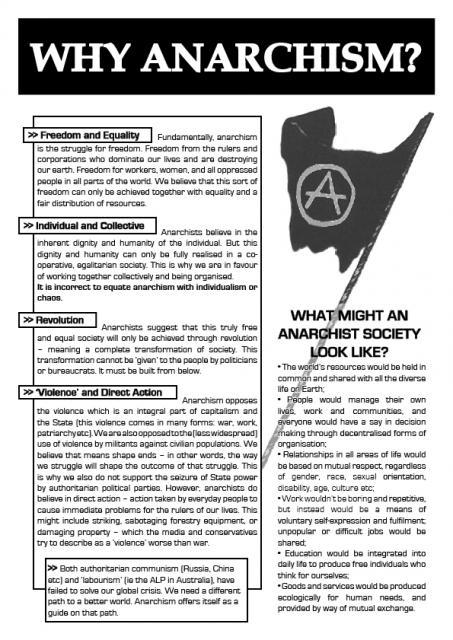
Much of the bad rap against radical groups is grounded on misinformation and framing on top of the governing narrative. It is worse for those who’s actually gained quite the notorious reputation (“terrorist!!!”). And despite some groups insisting otherwise (“we just wanna help people!”), simply insisting for a change of opinion wouldn’t change the fact that people wouldn’t trust you because of your political allegiances (“fuckin’ libtard/commie/what have you”). Education and information involves directly communicating with those who are in the vicinity to be misinformed.
Horizontal and grassroots information-sharing has been a long-established hallmark of radical or anti-authoritarian praxis. Most of this information is practical and immediate in nature: tactics, advocacies, safety, and news (note that I didn’t specifically say “anarchist” in this regard). This is a similar case in already-existing advertising, though for the most part, it is insular and very much intended for internal use (ie. only within networks).
If you are one to “lever the cracks,” an external-based approach to dissemination would definitely be essential. Putting out one’s stances and goals could help give people understanding of one’s initiative, though simply putting it out on a zine, or said in terms that can only be understood within the context of your radical circles/networks, basically renders it your efforts towards forming relationships with your “public” moot. Communists (particularly Maoist-types) would be hard-pressed about this idea (learn from the masses!). However, their main disadvantage is that such messaging supposed to connect to their intended audiences are construed in a very broad, restricted and gaudy manner–a style that would be satirized by The People’s Cube to shit on anyone to the left of them.
A strategy meant to inform and teach relevant stuff to prospective audiences through counter-propaganda strategy is a particular matter. Maintaining a perspective based on advertising (that is, targeted messaging) thus would be ideal, particularly when engaging with non-anarchist or generally non-political groups, whoever they are.
For a new strategy of Anarchist propaganda
So what is this “Advertising Perspective”?
We have established early on that Advertising is particular about who they target and from where. Recognizing that, anarchistic strategies of advertising involves itself in such a process while intended towards liberatory goals. This means an understanding of how messages can affect people must be taken note of, from how they think, how they view things, and how they view their present situation.
However, as I’ve said before, both actual praxis and communications go hand in hand. What we do and what we say overlap more than what we’d expect. Actually establishing spaces, doing mutual aid and all other sorts of direct action, and calling for a libertarian alternative might as well be the same thing. All politics is personal, so you really need to put your money where your mouth is.
So how would we go about this?
Purposes and the Target Audience
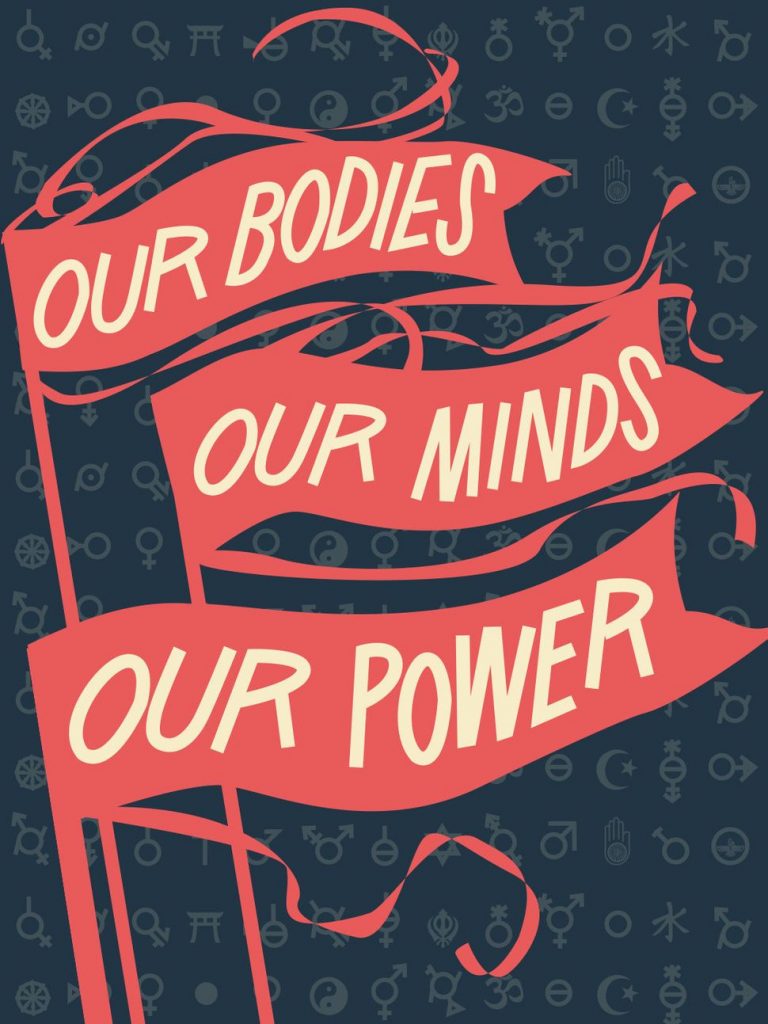
Who are you talking to? Why do you choose talking to them? Groups and individuals gain worldviews and motivations through their varied personal experiences. Through these experiences people tend to judge the world around them, messages and politics in particular. Before you do anything, pick your battles.
Just as in commercial advertising, it is hard to be very broad in your ideas (unless you’re going for the lowest hanging fruit like, saving the turtles or some shit). This applies to praxis and solidarity-building in general–are you going to talk with friends? Friends of friends? People in the same predicament such as you? Do you intend to appeal to a particular people?
Messages must relate to what your audiences are going through. Speak their language. Put everything in context and try to empathize with the situations of your audience–people have a problem that your product could solve. Simply positing a way out (“Another world is possible!”) is alienating if they’re concerned with survival from their present situation. Empathizing on the conditions people are in and their general concerns not only gives you a better understanding of who these people are, it opens doors on forming cordial relationships with them and perhaps finding a way to empower them towards their own liberation.
Medium is the Message
A graffiti sprayed on a broken Starbucks window and a sleek-looking poster plastered on a public wall that basically says the same thing still gives off different impressions.
According to Marshall McLuhan, the kind of channels in which we send our message matters more than the content it is in, especially since it determines the ways in which we could express it. Remember how specific ads of the same product are laid out differently in each medium (billboard, commercial, newspaper)? Billboards are meant to be seen by people driving on fast speeds, that’s why it’s big, striking and minimal. People reading magazines or newspapers have more time to parse through the ad, hence having more stuff. Commercials, which are not print-based media, are performance-based, and interrupts whatever you are watching. So it will do its best to grab and hold of your attention about it.

The medium might determine the possible ways you can express your message, but “medium” also makes up the manner in which you express it. As Penn Jilette said in an immortalized meme; “the context in which the words were spoken give them the power of meaning.”
Our reality is bound on the complicated mishmash of words, ideas, experiences, symbols–aka language–that call back to one another. This is where the idea of “mythologies” come from–the steak is a steak because of its crust, its sizzle, and its flavor, not necessarily because of it being “a meat generally sliced across the muscle fibers.” A steak could probably mean either fine dining or a rugged, macho lifestyle. The way these meanings and ideas reflect one another is also important when you’re determining the aesthetics and the symbols you’re rallying under.
This is why arguments over whether the hammer and sickle should be used by anarchist communists exist–on one many people view it as a shorthand for communism (basically flouting one’s tendency–“it’s ok, we mashed it together with the circle-a, it’s all good”), but people who are aware of its history and even some who have close experiences with authoritarian communist regimes or conflicts would place it in the same level with the Nazi swastika.
This is why understanding who your target audience is and empathizing with their experiences matter. Speaking in their language and referring to symbols that they can understand and relate to gives for a more effective message than simply putting up a banner smacking a bunch of slogans on a wall without any recourse.
Unequivocality and consistency
Being unequivocal means saying what you mean, or meaning what you said. Don’t leave room for interpretation that would allow authoritarians to hijack your message. If you’re gonna be anarchist, talk anarchist. All the way through. Vaguely radical language wouldn’t get you far. You could be diplomatic or informational about it, but the message should be consistent in its anarchist values. Authoritarians don’t necessarily have this handicap because they could just say whatever shit they want and get away with it. Anarchists don’t have that luxury, because our praxis and politics isn’t grounded on “seizing power.” As with commercial advertising, any sort of hiccup or inconsistency, or tone-deafness in your messages would destroy your strategy the moment it gets heard.
If you want people to take action for themselves, then make your message so that they would indeed take action for themselves (see: Case Study – Crimethinc). Starting with an “wow oppression/capitalism/the state is a thing everywhere and its bad,” or playing up the “menace of capitalism” would just be a downer. This is what happened to “climate change alarmism” and the general language of online spaces constantly barraging about the (understandably real) threat of fascism. Being surrounded by ominous, negative messages have demotivated and demoralized a lot of activists and woke individuals in the long run. It could lead to general inaction on dealing with the existing problem or worse, they could just cling on to some vanguard/electoralist moment like barnacles on a ship.
You could say The Man can go fuck himself ad infinitum, but it doesn’t hurt to be not confrontational every once in a while. Expressing messages grounded on theory shouldn’t have contradict itself–you will leave people asking more questions and you’ll attract more mockery for what’s basically a “hot take” in the information space. Consistency is a safety mechanism.
Legibility, Simplicity
Speaking their language means doing away with jargon. Having to explain in roundabout ways of the “alternative” just takes up the mental labor of both you and your audience. If you can’t explain it simply, you really don’t understand it well enough. Because, for the most part, people don’t really care about what you have to say. Grabbing the attention of people and giving them the gist in one take are two of the prime concerns of not only advertising, but on communications as a whole. It’s the propagandist’s job to distill theory into a digestible and relatable message
Effective advertising works because of its simplicity. Showing without telling. Commercial advertisers think about what to show and what to tell on their messages right at the drawing board, and that has become a factor in their successes.
We have talked earlier about how communications utilize associations, cultural context, symbols and “mythologies” of things in order to create a clear but striking message. This allows for subtlety to add more meat to your message while maintaining a concise and straightforward idea. This is why understanding the experiences and concerns of your target audience is important. “Black Lives Matter,” “We are the 99%,” “Five Demands, Not One Less!,” “No Justice, No Peace,” these are all slogans/taglines that capture the context of their respective struggles, which gives powerful meaning behind it. Clarity, simplicity, and context go hand in hand. Keep it simple. It’s important to know when you need to be subtle.
Avenues of expression
There are a lot of possible ways you could go about sending a message, and it will depend on your situation, the present context, your intentions and your resources. One of the biggest things that set the propagandist to the advertiser is that what we do is a form of direct action meant to amplify and augment our respective causes, and that our methods are based on making more with less, and that since we don’t need the approval of formality on which channels we should express, we have an endless array of mediums at our disposal, so long as we have the will and the way.
For starters, we must classify the kinds of messages that fall within the range of counter-propaganda, active and passive. These things overlap into each other especially on times of massive social change.
- Active propaganda is basically one in which engages with the audience directly and sometimes put forth in the context of conflict. Active propaganda may build bridges, reach out for solidarity, call to action, intimidate opponents and/or defy authority. Its goal is to augment on-the-ground action, be it resistance, direct action, or organizing.
- Passive propaganda concerns itself more with sharing ideas and necessary information, from tactics, to theory or to current events (sometimes related to active propaganda especially on times of major social instability). Passive propaganda tends to coincide with alternative media due to its similar purpose. Compared to alt media, however, passive propaganda is inclined to be used on more practical and educational purposes. How to create things, how to plant things, what to do in a particular situation.
The spread and rise of the Internet has proved to be a valuable resource for grassroots organizing and making then-unknown struggles to be known and learned from. It has allowed collectives and individuals around the world to share information and tactics in solidarity never seen before. This is where we have thrived as ourselves, among ourselves. However, novice radicals and younger creatives inspired enough to enact to partake in these sorts of things must note of the mediums already existing in your physical spaces. Posters, graffiti, art, video, live broadcasting, banners, all of this serve to amplify our purposes. This is especially true in massive protests and riots–“riots gives you attention, propaganda give your actions meaning.”

Following the earlier principles of the strategy, it’s imperative that the messages reach the audience. If you are talking to some, go small. If you are talking to many, go big. All mediums are available to us, but attention is key. If necessary, hook them in. Of course, what use is a voice if it can’t be heard?
Messages may flow and influence the prospects of the future. This is why authoritarians also bring their own propaganda. Thus, in such situations, it becomes a war of symbols waged on the streets. Like in most things, their work could be an avenue of expression, a new medium. Either hijack it or replace it. In this end, it’s important to be careful in doing so; there will be occasions where they would use the act of removal against you, like fascist posters and stickers with razors hidden underneath. Your tools should include those that remove as you have those that create.
Lastly, always consider hazards. You yourselves will be the ones planning, creating and rolling out the messages. If you will go out of your way to express in somewhere life-threatening, observe caution on your surroundings.
Challenges
Propaganda is simply one of many tactics that Anarchists could employ within their own praxis. A secondary tool to your intentions, perhaps, but a tool nonetheless.
There is the issue of the current media and information environment–retention times for advertisements (especially by a populace getting very tired of the same corporate messages over and over again) are noted by some advertising and communications experts to have been lowering over time. Propagandists must note prevailing trends and development of particular ideas especially in our online/post-truth era. Keeping up and staying ahead of government and corporate institutions would be a major hurdle for small time groups, especially as particular concepts and ideas could transform and recontextualized, as is the case in meme culture.
This would also tie to the issue of optics. Public relations is a tricky subject especially for groups whose main object is conflict (see: the trend of communist insurgency groups being universally unliked by the public outside of the ideologically sympathetic). The recontextualization of ideas could prove detrimental to your possible routes (ex. Pepe the Frog > Groyper). External factors could affect the prospects of your message.
The propagandist is immediately outnumbered by the massive resources and scope of state and corporate media. The news spreads quickly and the loudest gets heard first. One must be creative and organized enough to pull off something as comprehensive as the propaganda they chatter, and if one’s lucky, even hijack their messages for your own.
And that last point is important–coordinate with people. Advertisers plan as a team. There are good approaches, but there could be far better ones, and other opinions could help reach those points. You could act alone, but whatever comes out of it might not be as optimal as intended. Coordination and numbers is key–pooling together collective knowledge and resources yield results.
In other words, if you want to be loud, be many.
ADDENDUM: A case study of CrimethInc.

The CrimethInc. Ex-Workers’ Collective is perhaps the closest anarchist organization to have mastered the art of applying advertising principles in their propaganda and informative works. Having roots in the American anarcho-punk scene in the 90’s, CrimethInc would later be known for popularizing the Post-Leftist tendency, seeking out a truly anarchist alternative to traditional leftist politics which they view as restrictive and un-anarchistic. They have articulated these values in their writings, graphic works and how they portray the values of militant joy and grounding our politics solely in our present reality.
In particular, their document (or perhaps it could be safely called a manifesto), To Change Everything, is a concise and very empowering introduction to anarchism. (it’s a good read btw). I want to focus however on the way the book is written and structured. It’s not simply an explanation of anarchism–no, it only mentions the word “anarchism” by the very end. Most of it is taking you on a journey that rests on these three themes:
- You have the power to be the change yourself
- The present situation is the problem.
- That power can free ourselves from the present situation.
It doesn’t befall upon the reader the burden of knowing what anarchism is or why should you be one. It converses with you than talk over you; which is something I kind of find iffy with the lot of introductions to anarchism, like Geiderloos’ Anarchy Works! and Graeber’s Are You An Anarchist? which comes off very combative and outright about it. In comparison, To Change Everything eases you in to the possibility that “yeah, maybe anarchy is the right way to go at this!” Because people are turned off by what they see as “going too far” or “fomenting chaos,” CrimethInc instead opts for tapping into the concerns and values of their audience. Articulate desire.
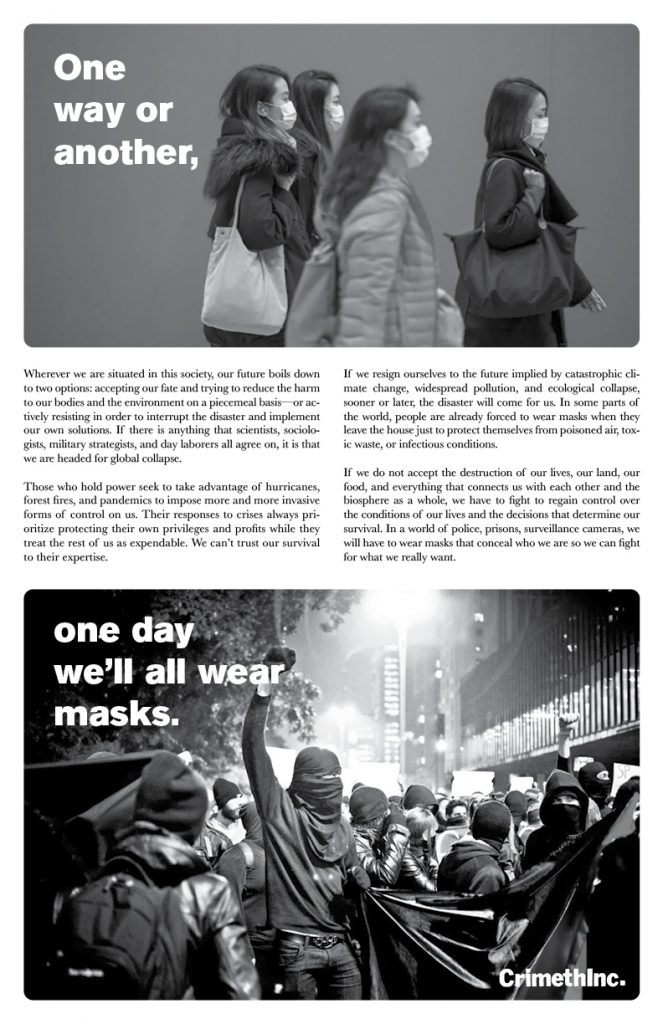
On the other hand, their posters would be perhaps the most consistent to their values and the most “advertising”-based compared to the rest. The only issue I have with them, however, is the misuse of mediums–some of their posters would be overly wordy as if its meant for a magazine. Not much in the way of grabbing attention, if it’s the intended goal.
While granted, articulating one’s philosophy unequivocally and concisely, while keeping it relevant in simple is not an easy task, for me it doesn’t take into account that such posters seem better as flyers. Compare it however, to their more minimal work:

This is much more applicable since for the most part, it doesn’t bombard you with paragraphs and are much more focused on telling you why it’s wrong in the simplest manner possible. And the manner in which it reads comes from a very admirable idealism which taps into the sentiments of its intended audience, that borders mean division and war–but the alternative is unity and peace. And you can make it happen.
These sorts of sensibilities surrounding CrimethInc’s work is the reason why they are noteworthy. They don’t dilly-dally around ideology, they let the philosophy talk through their work, grounding themselves in the problem and propose an immediate and (perhaps) workable solution. Educating and emboldening people not by political discussion but by showing, not telling, and relating themselves to the experiences of the real world and the sentiments of their audiences. Communication fails when it’s scant, but it also fails when it’s overwrought.
CrimethInc. is not a perfect model for this “advertising-propaganda” model, but it’s a step in the right direction.
You can find all of their posters and more on their website.



